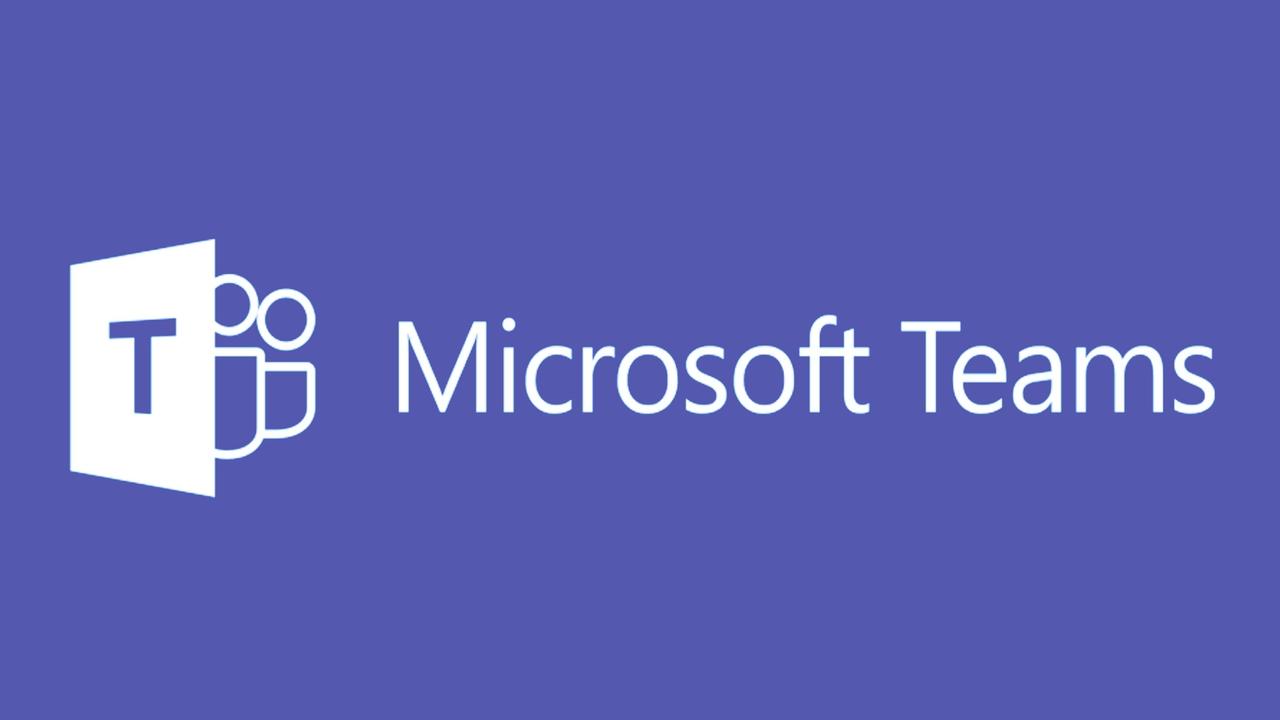Leveraging Teams’ Exponential Value (Part 1)

If you’ve tried Teams in your organization and you’re underwhelmed by the results, you did it wrong!
The value of Teams grows exponentially over time and with heavy usage. If you haven’t experienced that exponential growth in value after a couple of months, some of the following are likely true for your implementation:
- There was no orientation showing the functionality and purpose of all the buttons, channels, and tabs
- There was no initial demonstration or practice of Teams best practices
- Teams was implemented with a focus on one or two immediate workgroups rather than with a strategy for the entire organization
- Channels and tabs were not added and customized to exactly fit each Team’s function and needs
- Working files were not migrated to the Files tab or were migrated without a plan
- Expectations were not communicated to team members
- Usage is optional or suggested rather than mandatory
Those implementation mistakes and oversights are easily corrected, and I’ll cover how in Part 2.
Teams loves information and wants as much as it can get. The more information you give it, the more valuable the search function becomes.
Over time, the Teams search engine learns how you work, who you work with most, what files and kinds of files you prefer, and more. It uses algorithms to find what you need in a split second.
If you don’t conduct your workplace conversations (formerly in email and text messages) inside of Teams, the search engine cannot mine those conversations in the future. The more information you move into Teams, the less navigation and searching you must do in the future.
The search engine improves your work experience exponentially over time, but not if you fail to work inside the Teams interface.
The exponential growth in value is due to that search engine and the fact that information is stored in the correct subject matter teams, channels, and tabs from the beginning. Nobody has to manually store or move information after it is created.
There is nothing you can do that is quicker and easier to improve overall efficiency and productivity than to properly implement Teams.
I’ll cover how to correct those implementation mistakes above (or do an initial implementation) in Part 2.
Stay connected!
Join our mailing list to receive cutting edge content.
Don't worry, your information will not be shared.


